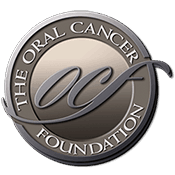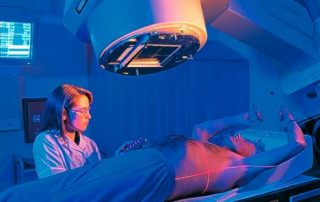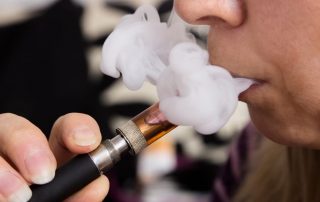FDA Warns Against So-Called “Cancer Cure”
Source: http://www.curetoday.com/articles/fda-warns-against-socalled-cancer-cure Published: 01/13/2017 Author: BRIELLE URCIUOLI The US Food and Drug Administration (FDA) just added another agent, PNC-27, to the growing list of drugs that falsely claim to treat or cure cancer. An FDA lab recently found the bacteria Variovorax paradoxus in PNC-27, a product that is claiming to treat and cure all cancers, claiming to affect lung cancer as affectively as head and neck cancer. Though no illness or serious adverse events were reported to the FDA, contact with contaminated samples can lead to life-threatening infections, especially in vulnerable populations, such as young children, elderly people, pregnant women and people who have weakened immune systems, according to a statement released by the FDA. “In general, consumers should be cautious of products marketed and sold online claiming to treat, cure or prevent any disease. Products claiming to treat, cure or prevent disease, but are not proven safe and effective for those purposes not only defraud consumers of money, they can lead to delays in getting proper diagnosis and treatment of a potentially serious condition,” Kristofer Baumgartner, FDA spokesperson, said in an interview with CURE. PNC-27 is being dosed in multiple ways, such as a nebulized solution, intravenous solution, vaginal suppository or rectal suppository. The FDA is urging people not to purchase or use PNC-27, which is neither FDA evaluated or approved. Patients should consult with their licensed health care providers before deciding on a treatment plan, and if they have already taken PNC-27, they should see their doctor as [...]



